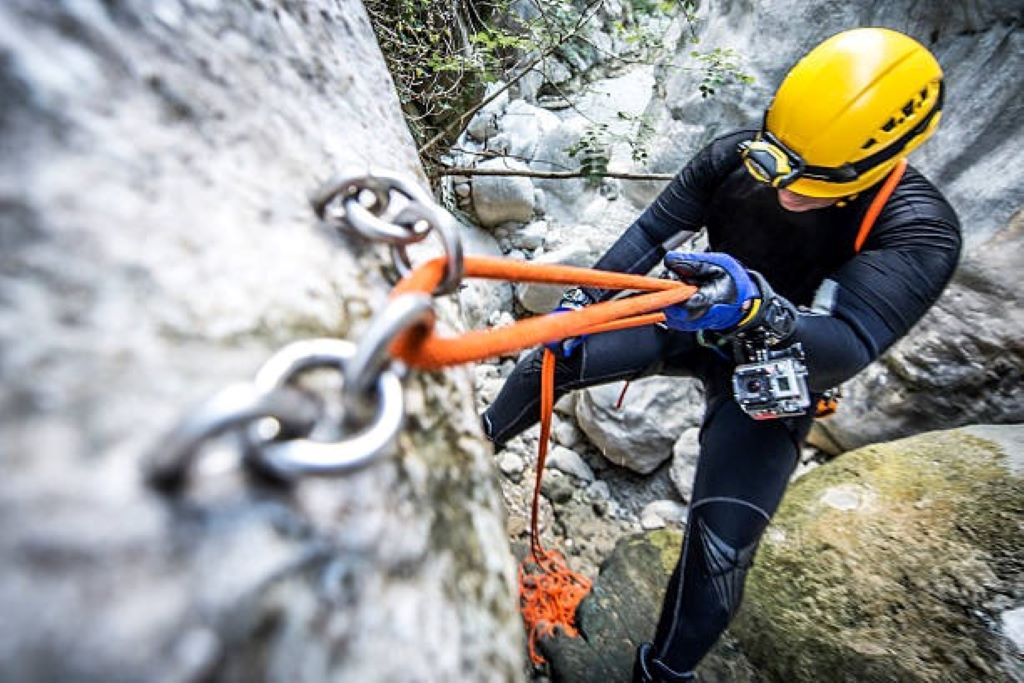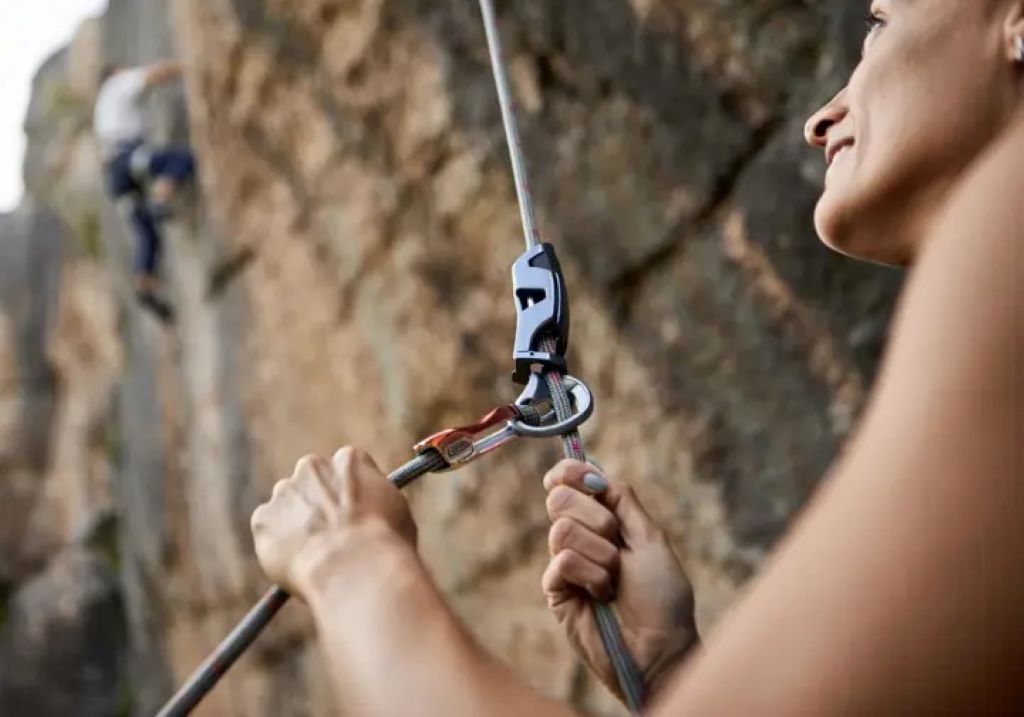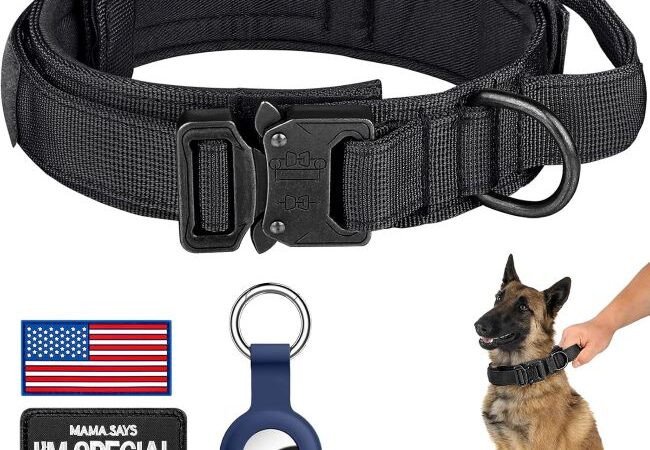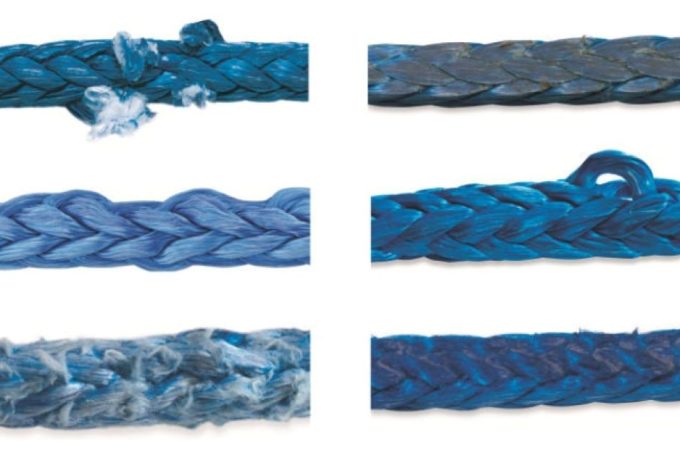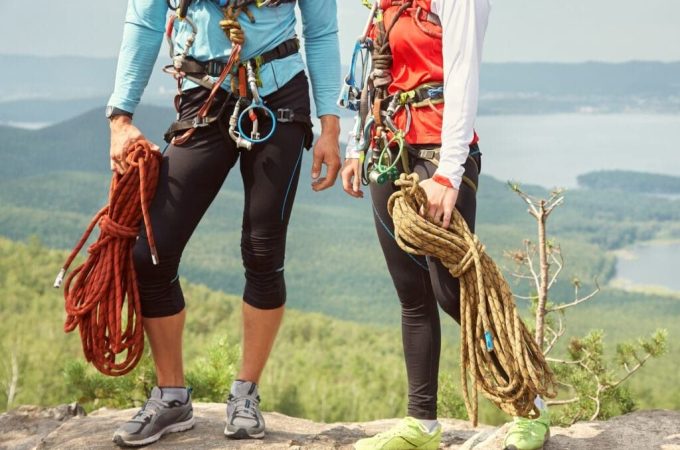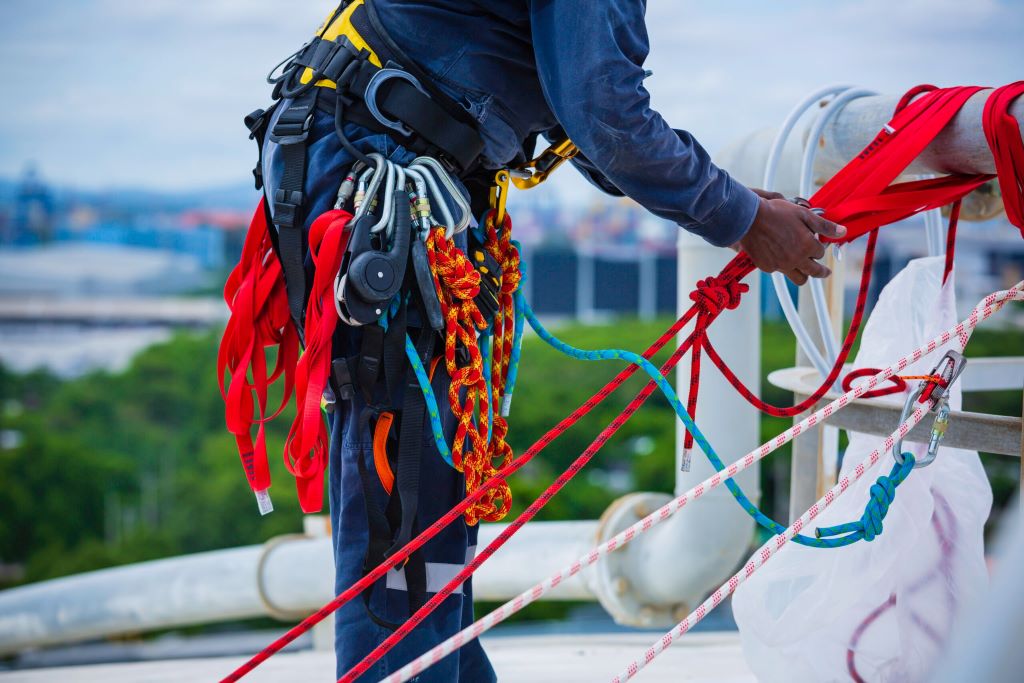
How to Avoid Rope Accidents with Simple Maintenance Habits
Your rope just saved your life. However, will it save you next time? Every year, climbing accidents related to rope failure claim lives and cause serious injuries that could have been prevented with proper maintenance. The statistics paint a sobering picture of how neglecting basic rope care can turn your lifeline into a liability.
Contents at a Glance
ToggleThe Hidden Dangers of Rope Neglect
Rope-related accidents account for a significant portion of climbing incidents worldwide. According to recent climbing safety statistics, equipment failure contributes to numerous preventable accidents annually. The average climbing rope can withstand 6-10 UIAA falls before requiring retirement, yet many climbers push their gear beyond safe limits.
The average climbing rope can withstand 6-10 UIAA falls before retirement, but this number dramatically decreases without proper maintenance. Furthermore, environmental factors accelerate rope degradation faster than most climbers realize. UV exposure, moisture, dirt, and chemical contamination silently compromise your rope’s integrity.
Professional rope access workers understand this reality better than recreational climbers. Their rigorous inspection protocols stem from hard-learned lessons about equipment failure consequences. Industrial climbing standards require detailed inspection logs and replacement schedules that recreational climbers often ignore.
Essential Daily Inspection Techniques
Start every climbing session with a thorough rope inspection. Before and after each use, your climbing rope should be checked for possible damage. Visual inspection alone isn’t sufficient for detecting internal damage that could prove fatal.
Run the entire rope length through your hands slowly. Only this haptic inspection can detect non-obvious deformations and damages inside the rope. Feel for inconsistencies, bulges, or flat spots that indicate core damage. These irregularities often signal compromised strength even when the sheath appears intact.
Check for cuts, abrasions, or frayed areas on the rope’s surface. Even minor cuts can propagate under load, leading to catastrophic failure. Additionally, examine the rope ends for excessive wear or damage that might indicate improper belaying techniques or equipment issues.
Look for discoloration or chemical staining that suggests contamination. Battery acid, paint thinners, and even some cleaning products can chemically degrade rope fibers. When in doubt, retire the rope immediately rather than risk your safety.
Proper Storage and Handling Protocols
Storage methods dramatically impact rope longevity and safety. Never store ropes in direct sunlight or extreme temperatures. UV radiation breaks down nylon fibers gradually, reducing rope strength without visible warning signs. Heat accelerates this degradation process exponentially.
Keep ropes away from sharp edges and abrasive surfaces during transport and storage. Use rope bags or tarps to protect against ground contamination and UV exposure. Coil ropes properly to prevent kinks and stress points that weaken core fibers over time.
Avoid stepping on ropes or allowing them to drag across rough surfaces unnecessarily. Each abrasion removes protective sheath material and introduces dirt into the rope’s core. These seemingly minor actions accumulate damage that shortens rope lifespan significantly.
Clean ropes regularly using manufacturer-approved methods. Dirt and grit act like sandpaper within the rope structure, grinding down fibers with every movement. Most modern ropes can be machine washed using specific detergents designed for technical textiles.
Advanced Maintenance Strategies
Document your rope’s usage history meticulously. Track the number of falls taken, climbing days, and environmental conditions encountered. This information helps determine retirement schedules based on actual usage rather than arbitrary timeframes.
Rotate multiple ropes to distribute wear evenly across your gear collection. Professional climbers often maintain several ropes in different stages of their lifecycle. Fresh ropes handle critical leads while older ropes serve training or top-rope duties.
Invest in proper rope care equipment including brushes, cleaning solutions, and storage systems. Quality maintenance tools pay for themselves by extending rope lifespan and ensuring consistent performance. Specialized rope brushes remove embedded dirt more effectively than improvised alternatives.
Consider professional inspection for heavily used ropes or after significant falls. If the user is unsure for any reason, the rope must not be used anymore or must be checked by a PPE expert. Expert evaluation can identify subtle damage patterns that untrained eyes might miss.
Environmental Impact Factors
Understanding how environmental conditions affect rope performance guides smarter maintenance decisions. Salt air accelerates corrosion and fiber degradation in coastal climbing areas. Rinse ropes thoroughly after exposure to saltwater environments and dry completely before storage.
Cold temperatures make ropes stiff and more susceptible to impact damage. Warm ropes gradually before use in freezing conditions to restore flexibility and shock absorption capabilities. Never store wet ropes in freezing temperatures as ice formation can damage internal fibers.
Sand and fine particles infiltrate rope construction more easily than larger debris. Desert climbing requires more frequent cleaning and inspection cycles due to abrasive particle contamination. Consider protective measures like rope tarps in sandy environments.
Chemical exposure from urban climbing environments poses unique risks. Exhaust fumes, industrial pollutants, and cleaning chemicals can weaken rope fibers unexpectedly. Indoor climbing facilities may use cleaning products that affect rope performance over time.
Recognition of Retirement Criteria
Knowing when to retire a rope prevents accidents and saves lives. Visible core exposure anywhere along the rope length mandates immediate retirement. Core fibers provide primary strength, and exposure indicates catastrophic sheath failure.
Sharp bends or kinks that don’t straighten under light tension signal internal damage. A sharp bend means there is damage to the rope. These deformations concentrate stress and create failure points under load.
Excessive fuzziness or pilling across large rope sections indicates advanced wear. While normal use creates some surface fuzzing, extensive pilling suggests approaching retirement limits. Manufacturers provide specific wear guidelines for their rope models.
Age alone doesn’t determine rope retirement schedules, but time combined with usage creates compound effects. Most manufacturers recommend retirement after 10 years regardless of apparent condition. However, heavily used ropes may require replacement within 1-2 years of purchase.
Building Maintenance Habits
Consistency transforms rope maintenance from chore to automatic routine. Inspect ropes immediately after each climbing session while memories of usage remain fresh. Document any concerns or unusual wear patterns in a climbing log.
Establish cleaning schedules based on usage frequency and environmental conditions. Weekly cleaning suffices for regular gym climbers, while outdoor enthusiasts may need daily attention during active periods. Match maintenance intensity to usage demands.
Share maintenance knowledge with climbing partners to create accountability systems. Partner checks catch issues individual inspections might miss. Additionally, group maintenance sessions make tedious tasks more enjoyable while building safety culture.
Invest in backup ropes before primary ropes reach retirement criteria. Having replacement gear ready prevents pressure to use questionable equipment when climbing opportunities arise. Plan rope purchases around anticipated retirement schedules rather than emergency replacements.
Featured Snippet: How to Avoid Rope Accidents with Simple Maintenance Habits
To avoid rope accidents through proper maintenance: inspect ropes before and after each use by running the entire length through your hands to detect damage, store ropes away from UV light and chemicals in proper bags, clean ropes regularly using manufacturer-approved methods, document usage history including falls taken and climbing days, retire ropes immediately when core exposure or sharp bends appear, establish consistent maintenance routines rather than sporadic checks, and maintain backup ropes before primary ones reach retirement criteria. Professional climbers recommend detailed inspection logs and replacement schedules, as equipment failure contributes significantly to preventable climbing accidents annually.
Frequently Asked Questions
How often should I inspect my climbing rope?
Inspect your rope before and after every climbing session. Additionally, perform thorough monthly inspections during active climbing seasons to catch developing issues early.
What are the main signs that indicate rope retirement?
Retire ropes immediately when you see exposed core fibers, sharp bends that won’t straighten, excessive sheath wear, chemical contamination, or after taking multiple severe falls.
Can I wash my climbing rope in a regular washing machine?
Most modern ropes can be machine washed using cold water and mild detergent specifically designed for technical textiles. Always check manufacturer guidelines first.
How long does a climbing rope typically last?
Rope lifespan varies dramatically based on usage, storage, and environmental conditions. Heavy use may require retirement within 1-2 years, while occasional climbers might use ropes for 5-7 years safely.
Should I keep a log of my rope usage?
Yes, documenting falls taken, climbing days, and environmental conditions helps determine retirement schedules based on actual usage rather than guesswork.
What’s the difference between static and dynamic rope maintenance?
Both require similar inspection techniques, but dynamic ropes need special attention to core elasticity while static ropes focus more on abrasion resistance and structural integrity.
Is it safe to buy used climbing ropes?
Generally not recommended unless you have a complete usage history and can verify proper storage conditions. Unknown damage or contamination makes used ropes unreliable for life-safety applications.
Final Thoughts
How to avoid rope accidents with simple maintenance habits comes down to developing consistent inspection routines and respecting retirement criteria. Your rope serves as the critical link between you and safety, yet many climbers treat this lifeline as an afterthought until problems arise.
Professional maintenance habits separate experienced climbers from beginners. Moreover, these practices extend beyond personal safety to protect climbing partners who trust your equipment decisions. Therefore, investing time in proper rope care pays dividends in confidence, performance, and most importantly, survival. Related Topics: Stronger Than Steel: The New Era of Pulling Ropes
Ready to upgrade your rope maintenance routine? Start by inspecting your current ropes using the techniques outlined above, then establish a regular maintenance schedule that fits your climbing frequency and environmental conditions.

